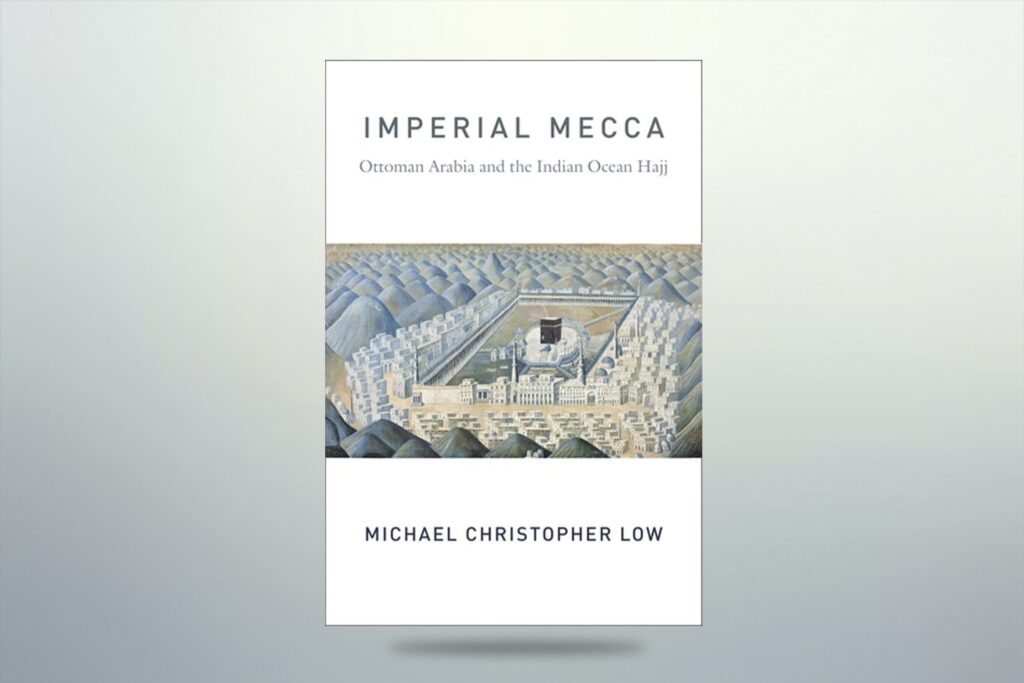A Note from the Editorial Team
The Middle East Institute regularly welcomes writers from various disciplines to explore issues in the Middle East. In this issue, our guest contributor Silvia Mazzetto gives us an overview of the efforts Qatar has taken to preserve its architectural heritage. She argues that the Qatari government should employ a new integrated approach to better preserve and safeguard these historically significant buildings.
By Silvia Mazzetto
1. Safeguarding the Architectural Heritage: Some Examples of Completed Conservation Works
The recent urban development, fast growth, and rapid urbanisation has altered the appearance of the historic centre of Doha, damaging existing buildings and gravely threatening their survival. These buildings serve as the only piece of historical evidence of local architectural traditions.[1] In Qatar, two government agencies are responsible of the state’s cultural heritage: Qatar Museum Authority (QMA), which is mandated to promote museum, artistic, and protection activities, and the Private Engineering Office (PEO), which is responsible for developing and managing projects and properties of direct interest to the Emir.
Local efforts in conserving heritage have not been extensive. Although specific institutions and laws do exist for the restoration and conservation of historic buildings, there is much space for improvement to perfect current processes and raise standards. In doing so, it is vital that the current dialogue between the Ministry of Municipality and Urban Planning, the Ministry of Environment, and the Ministry of Culture should be enhanced by involving the universities as well as other public or private partners. This should facilitate an exchange of ideas and experiences between the institutions engaged in safeguarding the architectural heritage.[2]
It was only recently, in 1980, that more attention was paid to the safeguarding of national heritage with the launch of a number of upgrading and conservation works such as the refurbishment of the Souk Waqif (2004-2008)[3] and the project for Msheireb Downtown Doha (2008-2017) currently under completion. There is an increasing interest in promoting and safeguarding historical buildings, many of which are in extremely poor conditions due to abandonment. This calls for urgent restoration efforts.[4]
Unfortunately, many historical buildings have already been erased and replaced by new business towers and shopping malls. The local authorities only started to pay attention to this loss of architectural identity in the last ten years. A number of refurnishing projects have been launched, but in many examples, the proposed approach for architectural conservation is merely reconstructing an idea of the traditional architecture. The reconstruction of Al Wakrah Souq (Figure1) in Doha is one good example of a contemporary approach integrated with the traditional architecture, in which many buildings were reconstructed using traditional materials and historical typologies.
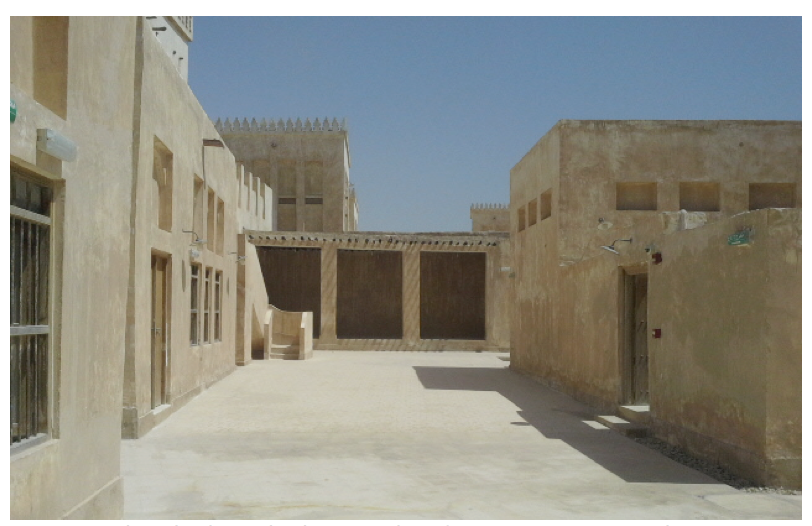
Figure 1. Al Wakrah Souk, the completed reconstruction works. Source: Author.
Similarly, for the Heritage Houses in “Msheireb Downtown Doha”[5], the original architectural typology of four residential buildings was fully preserved, with the aim to protect and promote knowledge and appreciation of the architectural value of the restored buildings. Another example of conservation work is on the north coast of Qatar, about 100 km from the city of Doha, where a campaign of archaeological excavations and archaeological conservation at the Al Zubarah site was completed in 2014 under the direction of the Qatar Museums Authority and Qatar Islamic Archaeology and Heritage Project (QIAH). Al Zubarah was a fortified commercial city that was destroyed in 1811, and it was finally abandoned at the beginning of the 20th century.[6] During the campaign of archaeological excavations and the restorations[7], the bases of the buildings were cleaned and consolidated, bringing to light materials and construction methods that had been used. The bases of the houses were classified and catalogued, so that they could be easily identified.[8]
Near the archaeological site is the Al Zubarah Fort, where the conservative restoration works were recently completed in 2015. The restoration recovered the roofs and walls, deteriorated due to the effects of bad weather and the abandonment of the building in recent years. Today, the fort is a museum, with spaces allocated for art exhibitions that display a number of valuable archaeological findings from the nearby Al Zubarah site.
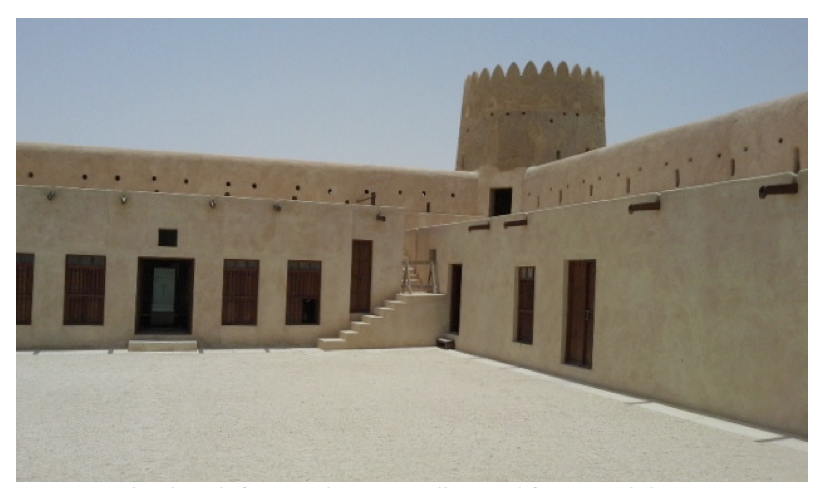
Figure 2. Al Zubarah fort, with spaces allocated for art exhibitions. Source: Author.
In 2015, conservative restoration works were brought to completion for the Barzan Towers under the direction of the Architectural Conservation Department of the Qatar Museums Authority. The Barzan Towers (Figure 3) are positioned along the southern side of the defensive system of the city of Doha, and are connected, in the direction of the cardinal points, to other military facilities that formed parts of the historic system of defence against any advance by the Ottoman army. The conservative restoration works included a structural consolidation of the masonry of the towers, which had caused the foundations to settle. The defensive towers are now used as a museum that is open to daily visitors.
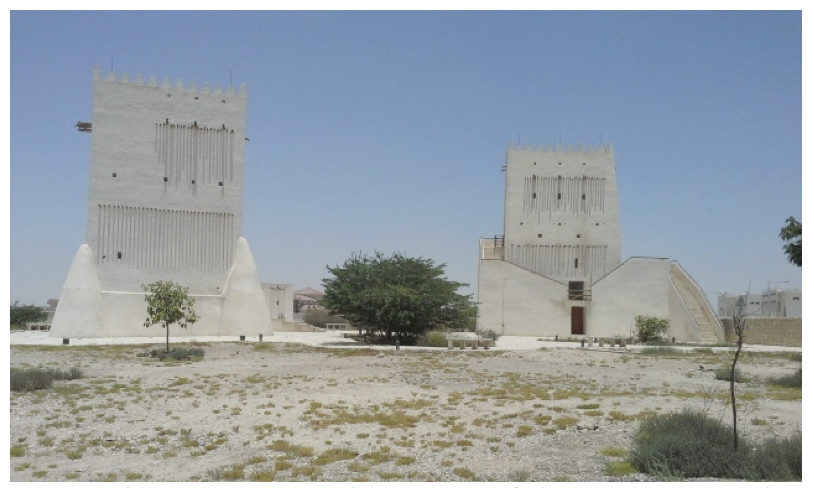
Figure 3. Al Barzan towers, used as a museum for visitors. Source: Author.
Finally, other good examples of conservative restoration and structural works are the recently completed mosques of Al Ruwais and Al Dhakhira (Figure 4), both situated in the north of Qatar. Before the conservation works, the structure of the mosques had significantly deteriorated, resulting in damaging cracks, which had extended into all of the masonry parts, most probably caused by structural settlement in the foundations. Extensive areas of the surfaces of the masonry, the minaret, and the walled enclosure had lost their material integrity because of the numerous failures, as well as erosion and exfoliation caused by atmospheric agents. The walls were therefore structurally consolidated, and the parts that had collapsed were removed and reinstated during the conservation projects.
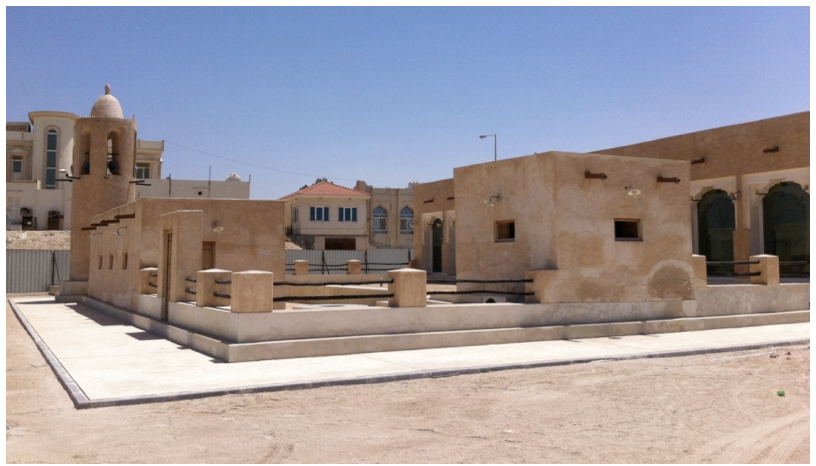
Figure 4. Al Dahkhira mosque, one of the recently completed conservative restoration and structural works. Source: Author.
2. The most significant categories of conservation work
In Qatar, there are two main categories of completed conservation works: the urban and the architectural. The urban category includes urban upgrading and conservation works[9], which are few in number but are large scale projects. These works have affected various parts of Qatar (Souk Wakif, Al Wakrah Souq, Al Zubarah archaeological site). The architectural category includes a large number of small but architecturally important buildings with different typologies and functions (forts, defensive towers, mosques).[10] In relation to the types of restoration work carried out, it was clear that the extent to which the approach taken was more or less preservationist depended on the existing state of the building and how deteriorated it had become. In some cases, the work was confined to conservatively preserve the existing fabric only, particularly in the case of buildings that were to be given a new use for exhibitions or as a museum (the Fort Museum, the Heritage Houses Museum, etc.). In these cases, the intention was to preserve the existing materials as found, without altering them.[11] In the case of other works, a philosophical approach was taken to restoration that allowed for typological reproduction, as in the case of some buildings that were to be used for commercial functions, for which upgraded building services were providences required by the new uses.
3. Conclusion
In Qatar today, one can find different philosophies, materials and methods for the conservation of architectural and archaeological heritage, dictated by the government bodies charged with carrying out and directing the projects. All restoration works in Qatar have the aim of safeguarding and protecting the existing architectural monuments and making them easier to understand without cancelling the traces of the passage of time. This is so that their value can be passed on to future generations.[12] Upon analysing the state of conserving traditional materials within the heritage assets as well as the various reasons for their deterioration, a new integrated approach to preparing conversation projects should be promoted.[13] For consolidation works, the use of natural materials should be encouraged, avoiding cementitious materials, which in some cases contribute to the exacerbation of existing deterioration. In the Arab regions in general, restoration methodologies need to be defined and implemented with the aim of preserving the cultural heritage, raising the conservation and restoration research profile and bringing it within the loop of the international research community.[14]
Doing so, the national Qatari conservation works program should aim to:
- Safeguard and protect the existing monuments; facilitate the reading of them, while not erasing the traces of history, in order to preserve their value to the future generation as historical testimonies contributing to the cultural recognition of the national architectural identity.
- Contribute to research in formulating a new architectural identity for many of the emerging cities in the Gulf regions.
- Promote the development and standardization of innovative methodologies for architectural heritage restoration and conservation that are currently under-valued and under-studied.
- Develop a new approach to analysing and comparing the data, using the state of the materials’ deterioration and the different causes of such degradations as new parameters to develop innovative work methodologies.
- Highlight the current lack of specific legislation in this field, that is targeted at architectural and cultural heritage preservation.
Currently, much of the historical architecture and the neglected monuments have yet to be safeguarded. This generates new questions, some of which we would put forward for further in-depth consideration. Namely, what are the socio-cultural and socio-behavioural impacts the restoration projects will have on the local construction of a new architectural identity? What is the relationship between tradition and modernity in architecture? What are the sustainable qualities that should be associated with conservation projects? While these questions deserve continuous in-depth analysis and investigation, it appears that they have already started to become an integral part of the contemporary cultural debate.
Notes
[1]Salama, A. M., and F. Wiedman. Demystifying Doha: On Architecture and Urbanism in an Emerging City, 43–45. Farnham, England: Ashgate, 2013.
[2]Cuttler, R., T. Tonner, F. A. Al-Naimi, M. Dingwall, and N. Al-Hemaidi. “The Qatar National Historic Environment Record: A Platform For The Development Of A Fully Integrated Cultural Heritage Management Application”. ISPRS Annals Of The Photogrammetry, Remote Sensing And Spatial Information Sciences II-5/W1 (2013): 85–90.
[3]Radoine, H. “Souq Waqif, 2010 on Site Review Report.” Accessed 29 May 2017. http://archnet.org/system/publications/contents/8722/original/DTP101221.pdf?1396271815.
[4]Al-Kholaifi, M. J. The Traditional Architecture in Qatar. Doha, Qatar: National Council for Culture, Arts and Heritage, Museums and Antiquities Department, 2006.
[5] Msheireb Downtown Doha. “Project Overview.” Accessed 29 May 2017. http://mdd.msheireb.com/exploreproject/projectoverview.aspx.
[6] Gillespie, F. and F. A. Al-Naimi. Hidden in the Sands – Uncovering Qatar’s Past, 42–43. London: Medina Publishing Ltd, 2013.
[7] Richter, T., P. D. Wordsworth, and A. G. Walmsley. “Pearlfishers, Townsfolk, Bedouin and Shaykhs: Economic and Social Relations in Islamic Al-Zubarah.” In Proceedings of the Seminar for Arabian Studies, edited by J. Starkey, vol. 41, 1–16. London: Archaeopress, 2011.
[8] Walmsley, A., H. Barnes, and P. Macumber. “Al-Zubarah and Its Hinterland, North Qatar: Excavations and Survey, Spring 2009.” In Proceedings of the Seminar for Arabian Studies, edited by J. Starkey, vol. 40, 55–68. London: Archaeopress, 2010.
[9] Petruccioli, A. After Amnesia. Learning from the Islamic Mediterranean Urban Fabric. Bari: Icar, 2007.
[10] Guerrato, M., S. Mazzetto, M. Verzolla, and D. Zuin. “Relazione metodologica, analisi del paramento murario [Methodological Report, Analysis of the Wall Surface and Color Classification of the North Wall Tiles].” In Tra didattica e profession: il progetto di conservazione della chiesa di San Giovanni evangelista a Venezia [Between didactic and profession : the conservation project of the church of San Giovanni Evangelista in Venice], edited by S. Pratali Maffei, 95–102. Venice: IUAV, 1998.
[11] Mazzetto, S. “Beni militari come attori protagonisti [Military Heritage as Leading Players].” In Cavallino–Treporti, Projects for an Idea for a Park, edited by P. Grandinetti, S. Mazzetto and V. Skabar, 50–51. Venice: Il Poligrafo, 2006.
[12] Carbonara, G. “An Italian Contribution to Architectural Restoration.” Frontiers of Architectural Research 1 (2012): 2–9.
[13] Jokilehto, J. A History of Architectural Conservation. London: Elsevier Butterworth-Heinemann, 1999.
[14] Feilden, B. Conservation of Historic Buildings. London: Routledge, 2003.



